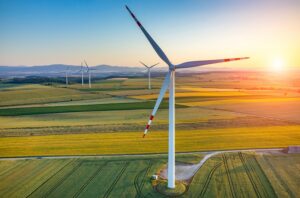
Wind turbines represent an essential player in renewable energy generation, but harsh weather conditions, notably ice accumulation, pose a significant hurdle. Ice not only adds weight to the blades, which results in decreased operational efficiency, but it also increases maintenance costs. However, the advancements in deicing technology, including the development of hydrophobic coatings, are acting as a game-changer in the industry.
Ice accumulation on wind turbines is not just a simple matter of added weight. It also disrupts the aerodynamic profile of the blades, reducing their efficiency. This issue primarily affects wind farms located in colder climates, where icing events are frequent. Traditional methods of ice removal, like using heaters or manually scraping the ice off the blades, are often inefficient and costly.
Enter deicing technology advancements, particularly hydrophobic coatings. These coatings repel water, effectively making the turbine blades ‘ice-phobic’. Ice finds it difficult to adhere to the coated blades, and any that does form is easily shed through the natural motion of the turbine. This not only reduces the amount of ice that accumulates but also significantly lessens the energy loss caused by ice formation.
Furthermore, these innovative coatings are durable and designed to withstand the rigors of turbine operation. They’re also more energy-efficient than using heaters for ice prevention, as they require no additional power to operate once applied. This means they can have a positive impact on the overall performance of the turbine without adding to its operating costs.
Hydrophobic coatings are just one of the technological advancements improving the efficiency of wind turbines in icy conditions. Other de-icing technologies are also in development, including active heating systems and even ultrasonic vibration techniques. Each of these technologies offers its unique benefits, but all share the same goal: optimizing the performance of wind turbines, regardless of the weather.
In conclusion, advanced deicing wind turbine technologies as well as other industries, spearheaded by hydrophobic coatings, are making strides in enhancing wind turbine performance. As the wind energy sector continues to grow and evolve, so too does the technology that supports it, leading to a more efficient, sustainable future.
